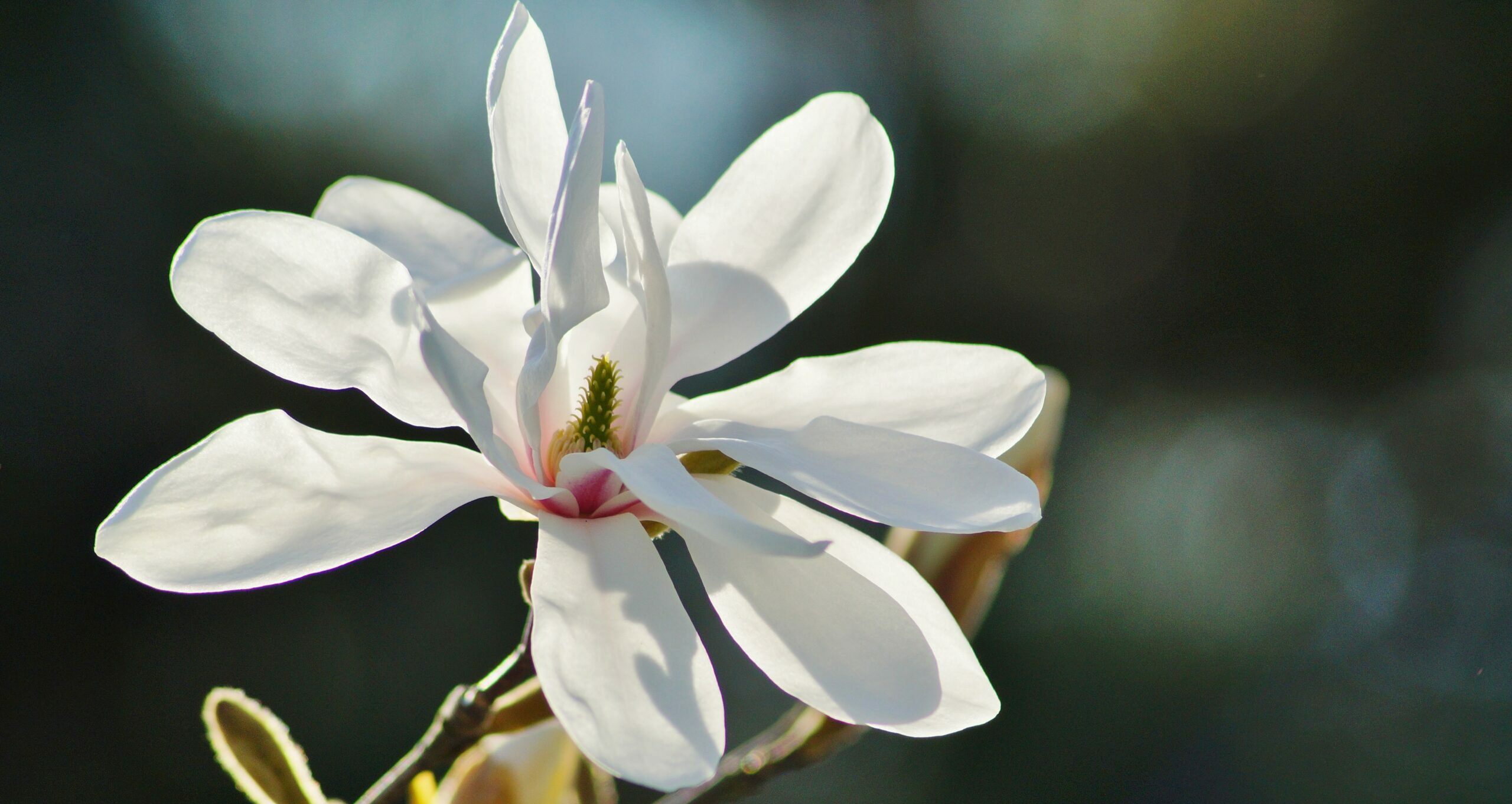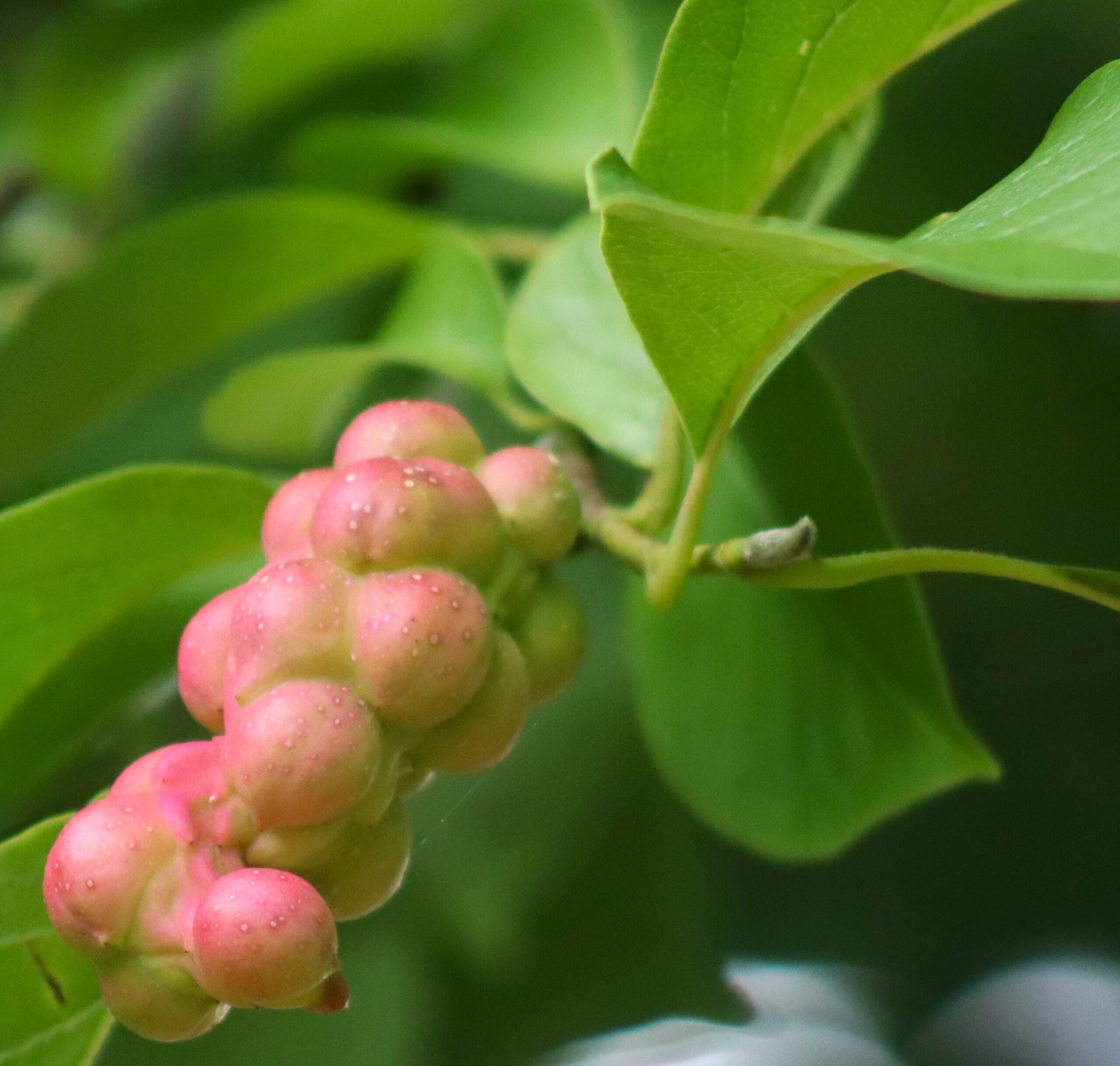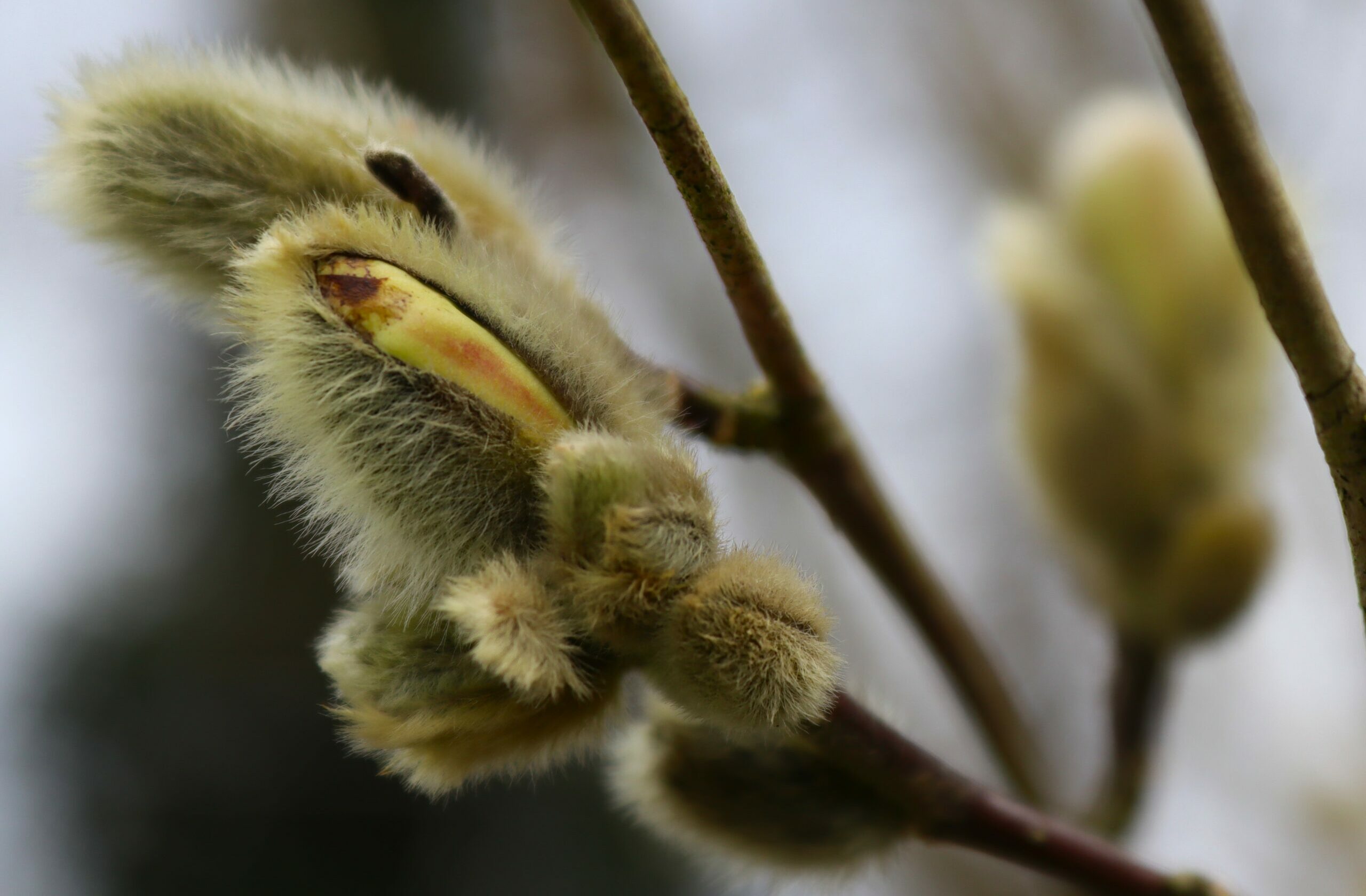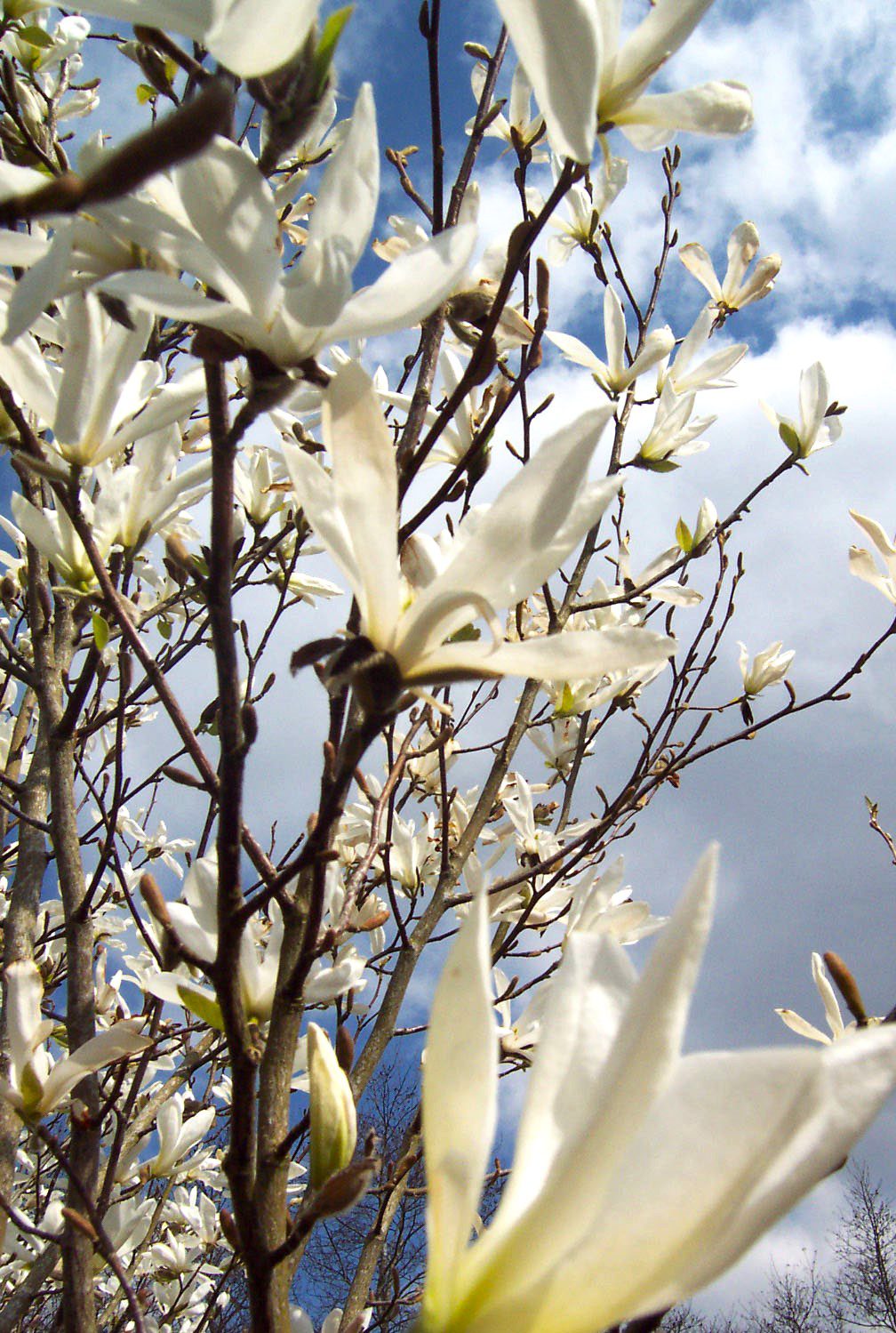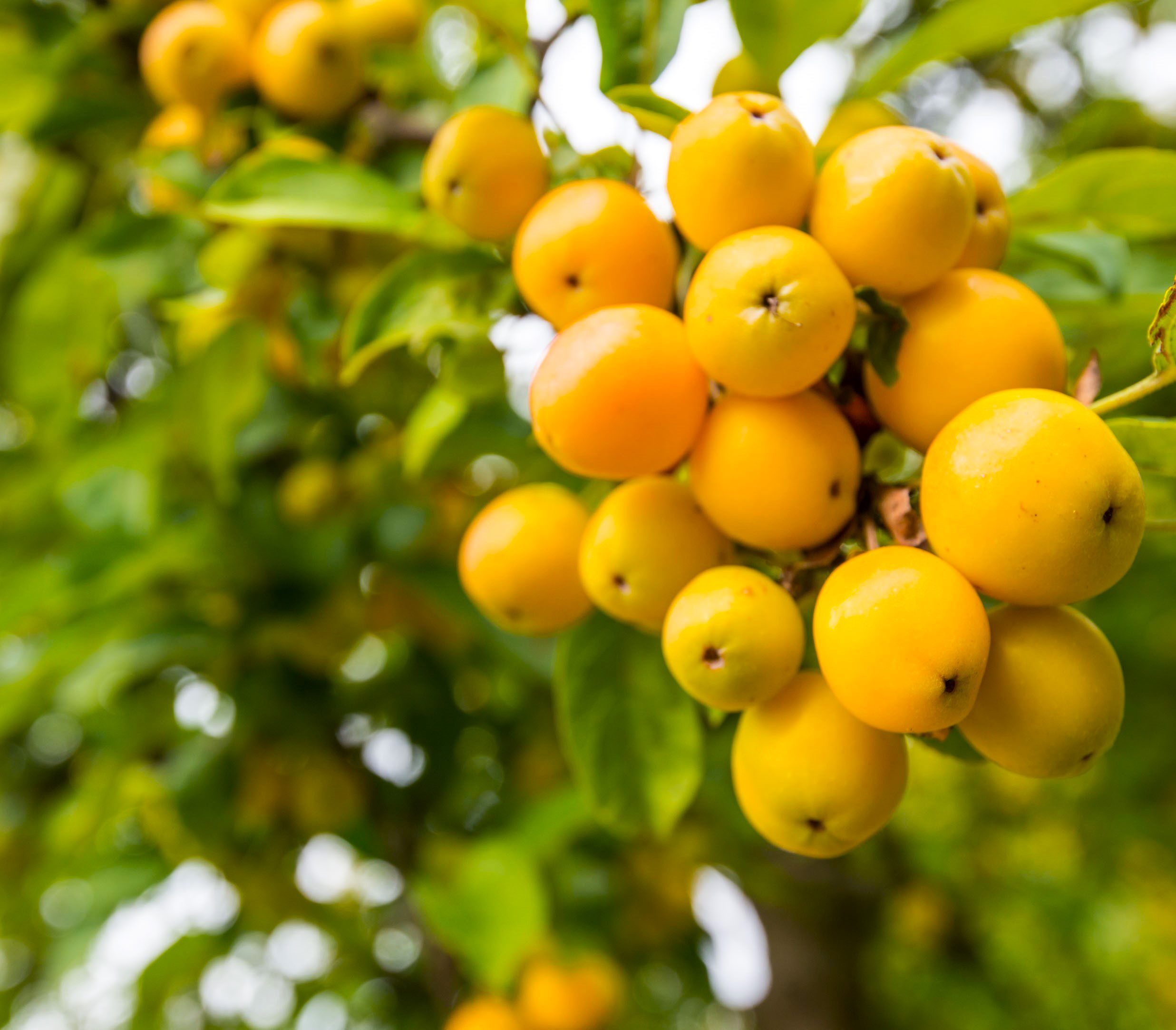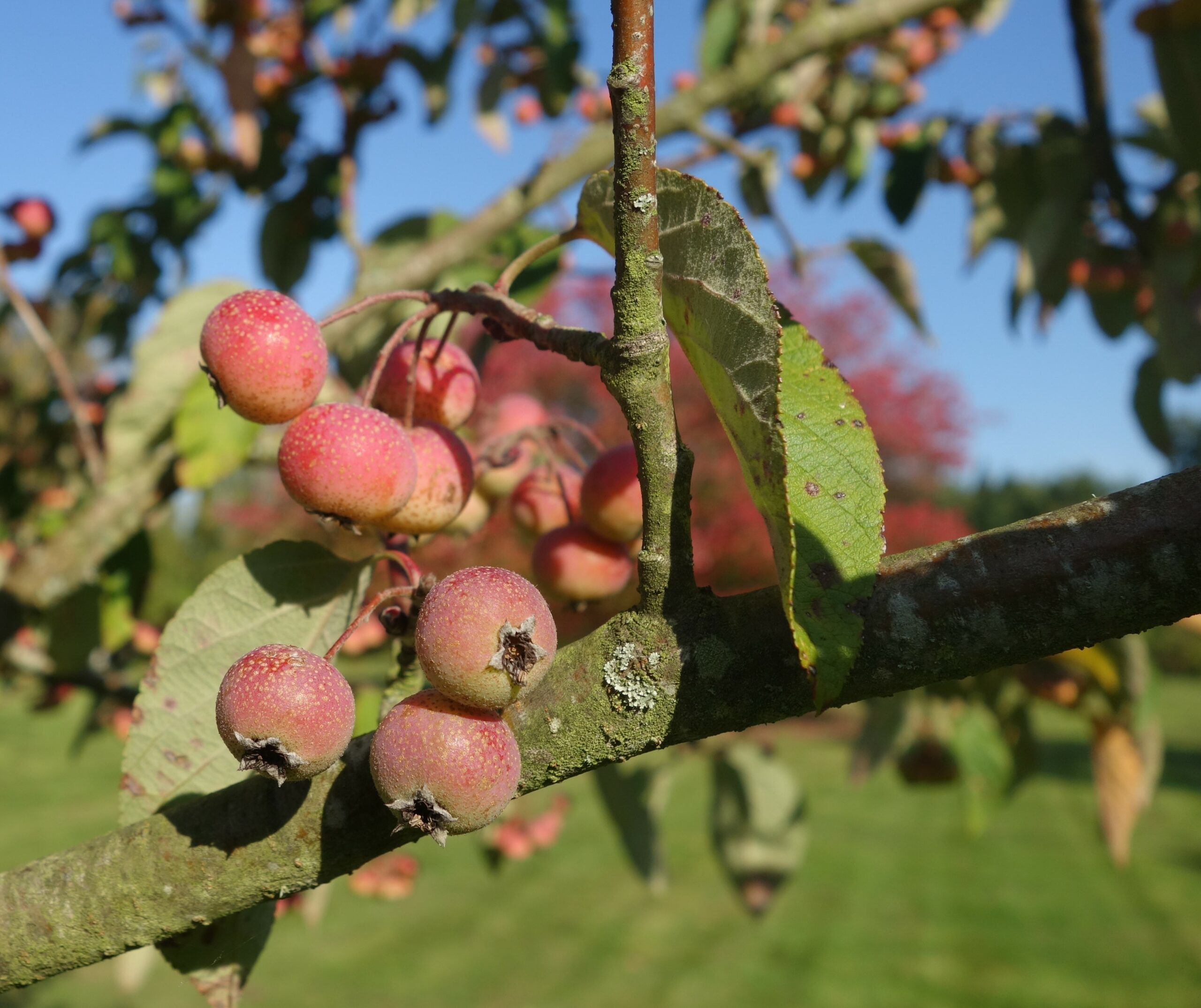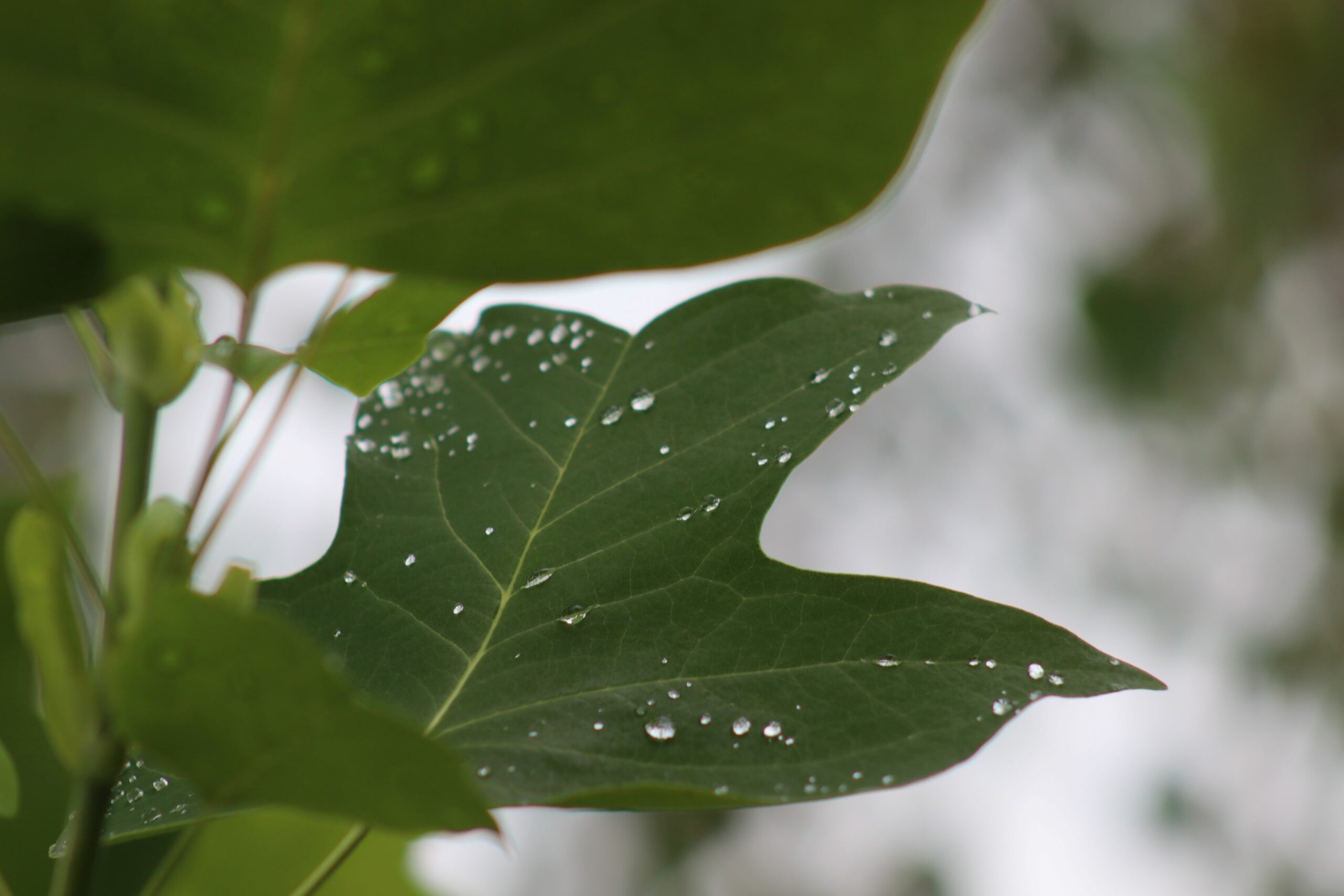Tree Information
Specialities
Tolerances
Wet Soil: Low
Dry Soil: Medium
Lime: Low
Magnolia kobus, commonly known as Kobushi magnolia, was first brought to England by famous explorer Charles Maries in 1879. He explored the Japanese woodlands whilst employed by the world famous Veitchs nursery in Chelsea and Exeter.
During spring, before the emergence of its dark emerald green leaves, the Magnolia kobus steals the spotlight with its exquisite display of blossoms. The large white flowers have a delicate pink tinge and a subtle tropical fragrance of exotic fruit and lemons. The flowers are completely open and cover the canopy like clusters of blossoms. As with all good things, a kobus will take its time and wait around 15 years before it matures enough to fully display its flowers. It’s certainly worth the wait though. Here at Hillier we have a range of ages growing, so if you prefer to have a semi-mature kobus busting to exhibit its flowers to you now, we are happy to provide this.
As the season progresses, Magnolia kobus produces dark emerald green foliage that have a point at the tip. These are smooth looking with fluid edges and in autumn, they turn a yellow and buttery popcorn colour. After the flowers, it fruits thick, unusual seedpod carpals of small red seeds grouped together, similar to pomegranates.
Its summer foliage is a dark emerald green, which in autumn bronze to a buttery yellow. After the flowers it fruits thick unusual seedpod carpals of small red seeds grouped together, similar to pomegranates.
Visit our Useful Resources for in-depth guides
Discover guides to help you with specifying your trees, caring for your trees and understanding the weights and dimensions of trees.
Useful ResourcesSize
Small
8m high x 4m wide after 25 years
Environment
One of the few magnolias that work well with a single central stem. For this reason, it’s a perfect street tree for urban locations with high vehicle traffic. An avenue kobus will look fantastic and will absorb pollution.
Canopy
Conical habit when young, becoming broadly roundish with age.
Foliage
Summer leaves are dark green and have a point at the tip. These are smooth looking with fluid edges. In autumn they turn a yellow and buttery popcorn before falling.
Flowers
Creamy white flowers with 6 tepals are completely open at 12cm in size in early spring.
Resilience
Adaptable to most soil structures, including clay, chalk, loam and sand. It requires moist soil that is well drained and will thrive in a slightly acidic pH level. Does not fare well on poorly drained sites or areas prone to drought.
Available As:
Semi-Mature
Make an Enquiry
Enquire below and speak to one of our expert team. For trades only, for general public enquiries click here.
Find Trees For Your Project
View Our TreesSpeak to a Member of Our Sales Team
Make an Enquiry
